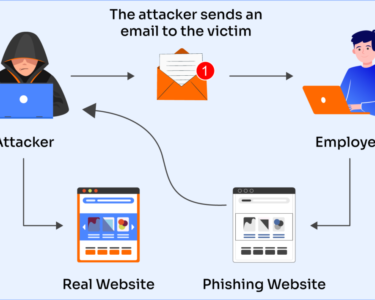
Digital Self-Defense Techniques
In today’s digital age, it’s more important than ever to protect yourself from cyber threats. Here are some essential digital self-defense techniques to keep your personal information and devices safe:
1. Use Strong Passwords:
Create complex passwords that include a mix of uppercase, lowercase, numbers, and symbols. Avoid using common words or personal information. Use a password manager to securely store and generate passwords.
2. Enable Two-Factor Authentication:
Add an extra layer of security by enabling two-factor authentication (2FA) on your accounts. This requires you to enter a code sent to your phone or email in addition to your password.
3. Be Cautious of Phishing Emails:
Phishing emails are designed to trick you into revealing personal information. Be suspicious of emails that request sensitive data or ask you to click on links. Verify the sender’s email address and hover over links before clicking them.
4. Use a Virtual Private Network (VPN):
A VPN encrypts your internet traffic, protecting your data from eavesdropping when using public Wi-Fi or unsecured networks.
5. Keep Software and Devices Updated:
Software and device manufacturers regularly release security updates to patch vulnerabilities. Install updates promptly to protect your systems from known threats.
6. Use a Firewall and Antivirus Software:
A firewall monitors and blocks unauthorized access to your devices, while antivirus software protects them from malware and viruses. Ensure both are enabled and up-to-date.
7. Be Mindful of Social Media Privacy:
Limit the amount of personal information you share on social media. Adjust your privacy settings to control who can see your posts and messages. Be cautious about accepting friend requests from strangers.
8. Use Secure Browsing Practices:
Avoid visiting suspicious websites or clicking on unknown links. Use a browser extension that blocks trackers and malicious content.
9. Back Up Your Data Regularly:
Regularly back up your important files to an external hard drive or cloud storage service. This ensures that you have a copy of your data in case your devices are lost or damaged.
10. Be Aware of Digital Stalking and Harassment:
Digital stalking and harassment can take many forms, including online threats, impersonation, or unwanted contact. If you experience these issues, document the incidents and report them to the relevant authorities or platforms.
Remember, digital self-defense is an ongoing process. By practicing these techniques regularly, you can significantly reduce your risk of becoming a victim of cyber attacks and protect your digital well-being.



